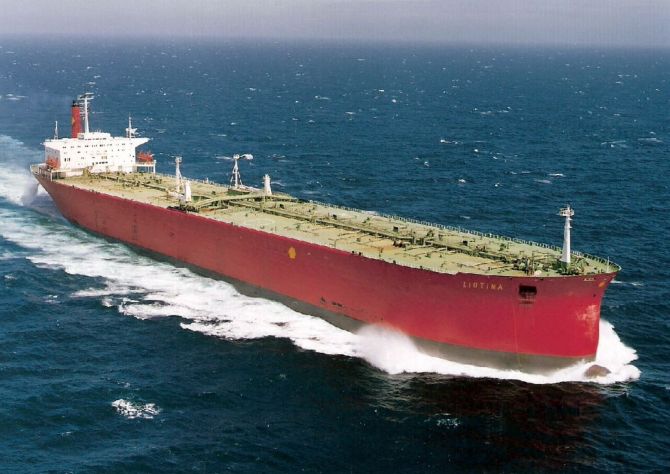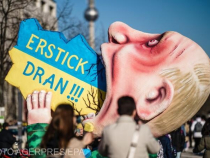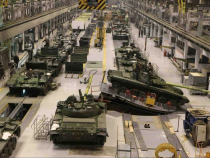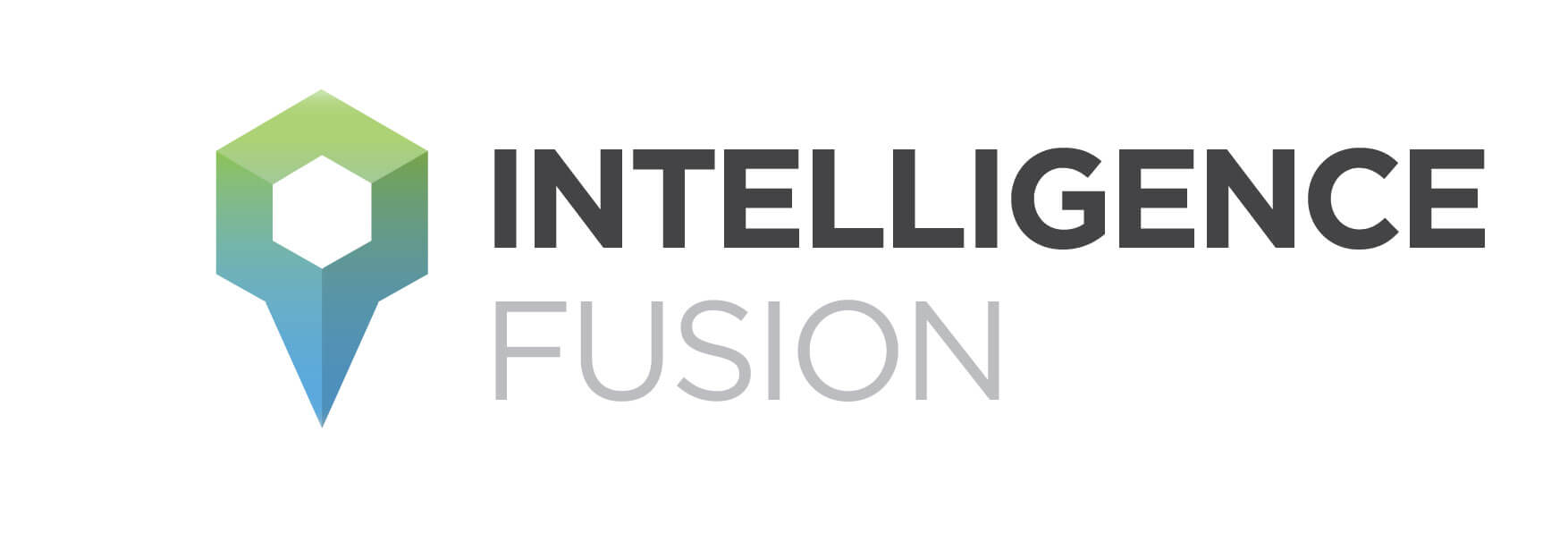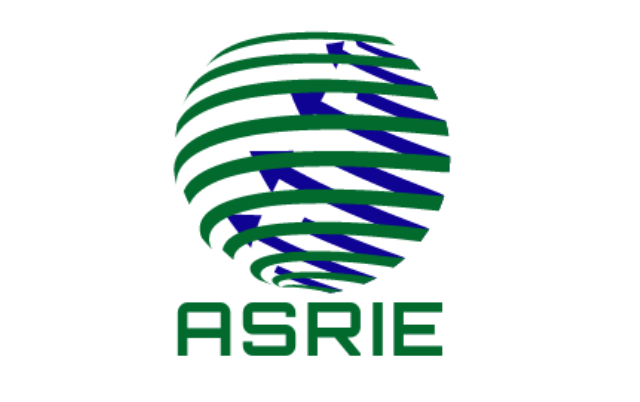The attack on two oil product tankers in the Gulf of Oman is putting the Persian/Arab Gulf region on edge. The last hours more information has been divulged by reputable sources indicating that Iranian parties are involved. In a statement made by the US Central Command (CENTCOM) photos of a mine, as well as video evidence of the crew of an Iranian gunboat attempting to take it, have been presented, indicating clearly Iranian involvement. Some sources even are now indicating that this could be the smoking gun the US and its Arab allies have been looking for to increase military pressure on Iran, and continue to increase sanctions at the same time. The Gulf of Oman attack comes only shortly after that Iranian forces have been implicated in using limpet mines in the attack on four tankers last month. The use of these mines have been a prerequisite of Iran already since the 1980s, as Tehran was using them in the so-called “Tanker War” during the Iran-Iraq conflict. The US already has been clearly blaming the last hours Iran of its involvement, even that Tehran has vehemently denied all. The engagement of IRGC Navy forces, the unofficial Iranian armed forces, in removing a mine from one of the attacked ship indicates the possible involvement. The new info has been provided by the USS Bainbridge, a US warship deployed to the Middle East, who has spotted a triangular-shaped limpet mine, a weapon with which Iran is believed to be very familiar, on the side of the Kokuka Courageous, one of two targeted tankers.
In a reaction the UAE and Saudi Arabia already have openly stated that a “state-actor” is behind the tanker attacks. The current attack could be bringing the region to the point of a direct military confrontation. Two tankers, the Front Altair and the Kokuka Courageous, both filled with petroleum and chemical products, such as methanol, are “suspected to be hit by a torpedo”, the first reports were stating. The fact that now mines have been shown the situation becomes more clear. The torpedo claim has been made by Taiwanese company KPC and Front Altair’s owner, Norwegian company Frontline.
The increased instability in the region, now combined with direct military operations of parties, has put the oil market in a state of shock. The last weeks analysts were less worried as the stalemate even showed some signs of a cooling down, but these new operations have taken the market by surprise. After the Fujairah attack some discussions have been going on, to remove part of the pressure on the conflict.
The new attack, potentially threatening the total flow of oil, LNG and cargoes around the Strait of Hormuz, means no more business as usual. After two weeks of a media frenzy, that the bulls have left the market and OPEC is struggling to quell the negative sentiment in the market, a new reality could be there very soon. The last hours oil prices already have surged, incorporating the increased risk of a regional confrontation that could be threatening not only a vast majority of oil and gas supplies heading to Asia, but also the options of an US military reaction very soon.
The targets currently have been chosen very well, as they don’t involve Saudi or Emirate vessels, but Western tankers filled with petroleum products, such as methanol, from the Kingdom. Based on current information the involvement of torpedoes, which will incline a high level of sophisticated knowledge of the culprits, could mean a step higher in the military escalation of the ongoing US/Arab-Iranian confrontation. If it true that the Kokuka Courageous has been hit twice, within three hours, means that the attack is most probably done by a submarine or by under-the-radar moving assets, which are known to be in the capabilities of Iran, not of its proxies in the region. It is almost unthinkable that another party is involved at present. The US Navy’s 5th Fleet, which is patrolling in and around the Gulf region, has already reacted to the attack, as officials stated.
As the heat is on right now, analysts should start to reassess their current oil market predictions for the coming period, as geopolitics and regional power struggles have returned to determine the market and oil prices for the foreseeable future. The former price slump has been the main reason for financial analysts to hit the bear drums, looking only at threats to demand, which are not yet substantiated, while totally ignoring the ongoing struggle on the supply side to produce the right qualities and volumes the market needs. While some have realized that the price slump was an overreaction, geopolitics were by most put in the freezer, as no direct influence or negative repercussions were anticipated. It now seems that the main OPEC parties, Saudi Arabia, UAE, Iran and others, have their own view on the world. The future conflict offshore will not be fought in the Arabian/Persian Gulf but in new waters. The Gulf of Oman, leading to the Strait of Hormuz, or the Bab El Mandab are more suited to keep the pressure on.
The timing of the attack also could be out of a military strategy playbook. While OPEC+ is struggling even to decide on a day to meet to discuss the potential roll-over of the existing production cut agreement, Iran threatens to effectively render the JCPOA agreement void, and Japanese PM Abe is trying to mediate, military action is taken. The current tanker attack shows the willingness of a party involved to put exponential pressure to force a breakthrough. If Iran is the culprit the situation however is expected to escalate very soon. No leniency is to be expected to come from Riyadh or Abu Dhabi, as both are already in a full confrontational course with Tehran with regards to OPEC strategies, market shares and the so-called Shi’a bridge in the Middle East. The current escalation is a situation that entails a doomsday scenario, maybe not first for the region but for OPEC+ internal structure the coming weeks. An Iranian involvement will be taken as the last straw to break the Iranian camel’s back. If proven, Iran’s position inside of OPEC is dead, no party will be willing to even show any inclination to take an objective or positive view on Iran’s dire situation at present. This attack could become also the litmus test of the Saudi-Russian bromance. If Iran is involved, Moscow will have to put its cards on the table and choose.
Without changing the market or the threats of the ongoing US-China trade war, the oil market has been changed, or woken up to reality. Geopolitics matter, especially in the current market situation. Demand is still there, showing no inclination to subside to economic pressures. However, supply threats are back again, not US shale will rule, but conventional regional power politics. As summer is coming, this time the bears really should consider an early hibernation. This time not because of the expected cold, but to stand the heat.
Saudi Arabia’s Minister of Energy Khalid Al Falih already has entered into the discussion by stating that all necessary measures are being taken by the Kingdom, and the UAE, to keep the supply of crude oil and petroleum products to the market at the needed levels. The oil minister also referred to all necessary security measures to secure the trade flows. However, when looking at the geographical situation and the availability of oil and gas infrastructure to circumvent the Strait of Hormuz no real options are available to keep the flow in place. The attacks on vessels offshore Fujairah also have shown that one of the main options to circumvent all, the Fujairah oil pipeline is not an option anymore if the conflict escalates.
DefenseRomania App
Fii primul care află cele mai importante știri din domeniu cu aplicația DefenseRomania. Downloadează aplicația DefenseRomania de pe telefonul tău Android (Magazin Play) sau iOS (App Store) și ești la un click distanță de noi în permanență
Fiți la curent cu ultimele noutăți. Urmăriți DefenseRomania și pe Google News
